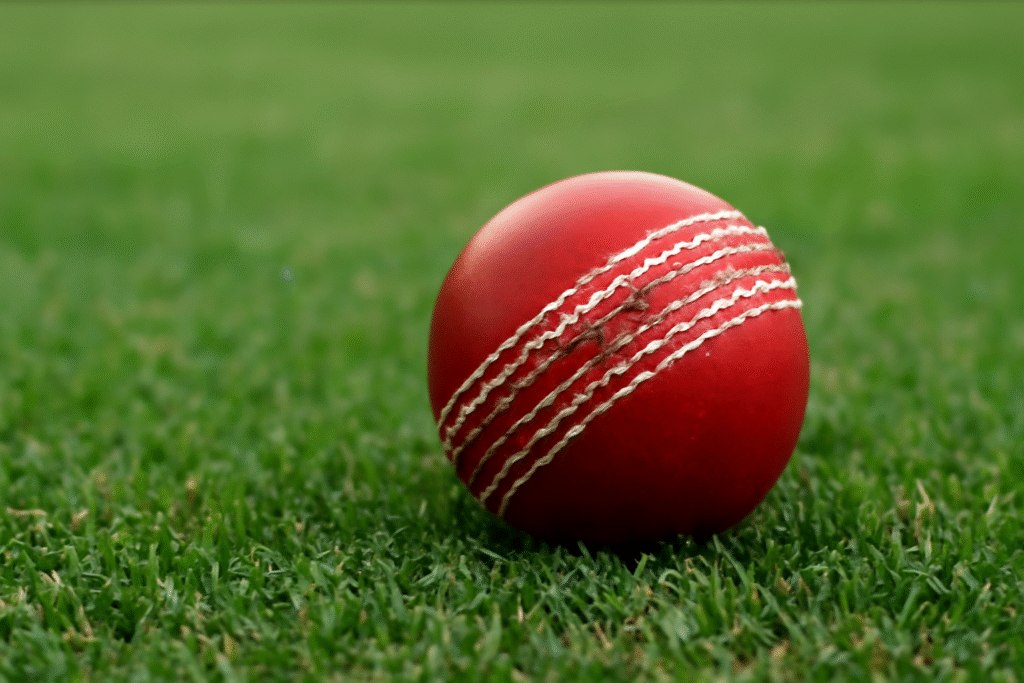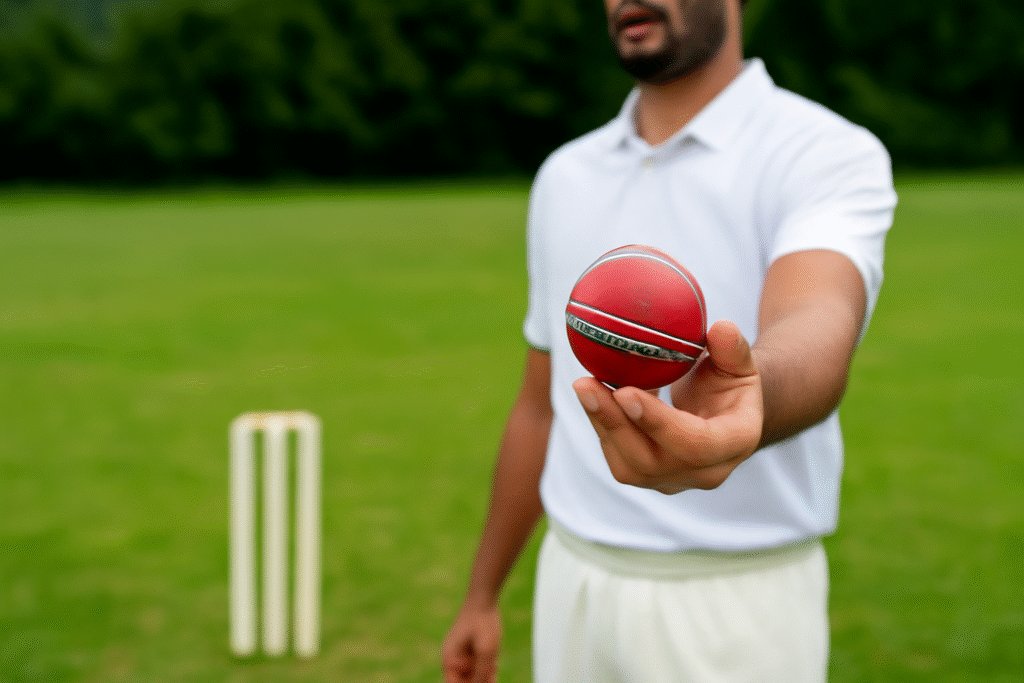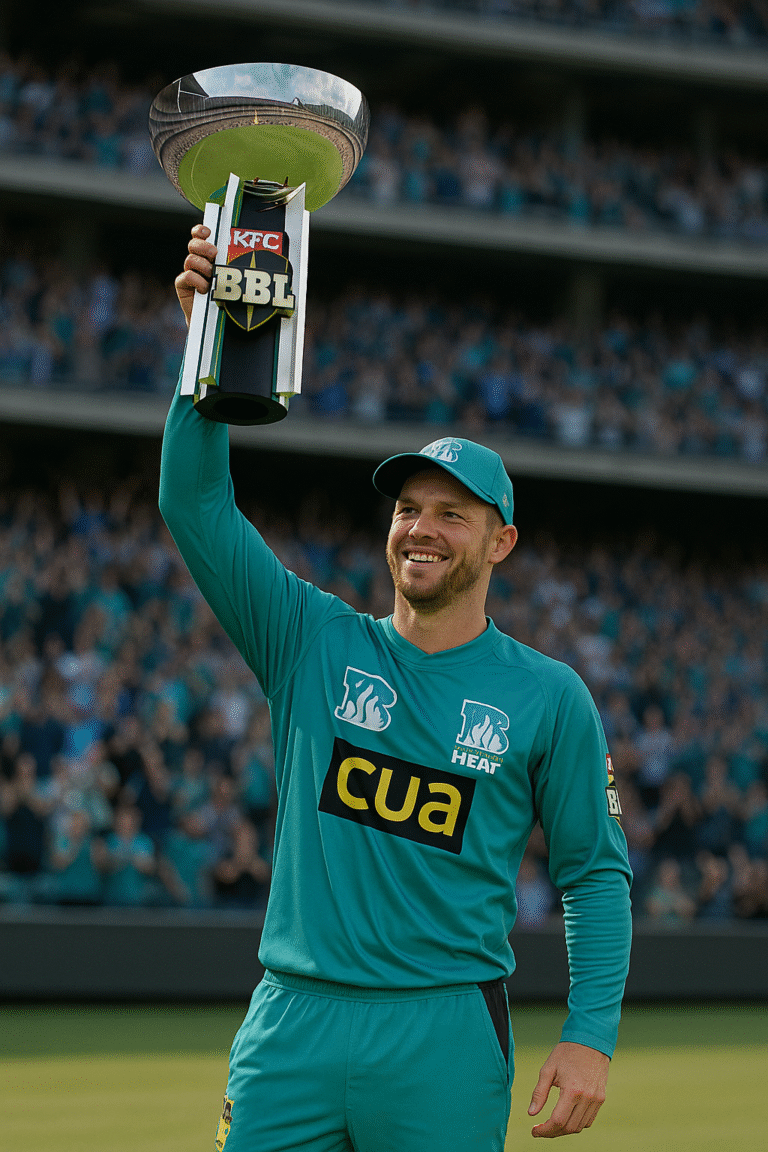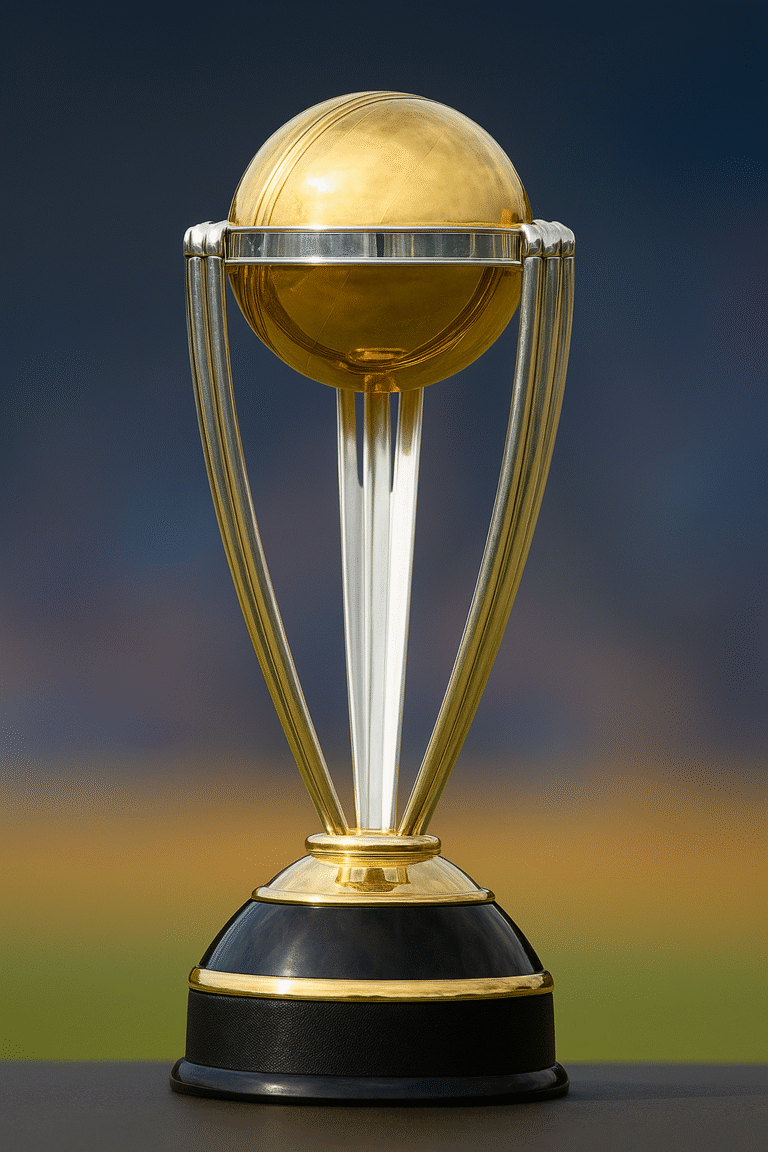Cricket Ball: Everything You Need to Know About Cricket’s Essential Gear
The cricket ball is one of the most important pieces of equipment in the sport of cricket. Whether you’re a player or a fan, understanding the role of the cricket ball is crucial to appreciating the game. From the way it’s constructed to how it affects gameplay, the cricket ball plays a central role in the outcomes of matches. In this blog post, I’ll take you through the different types of cricket balls, their construction, and why they’re essential for both batsmen and bowlers.
What is a Cricket Ball?
A cricket ball is a hard, leather-covered sphere that is used to play the game of cricket. It’s one of the most crucial elements of the sport, affecting how the game unfolds. The ball is used by bowlers to deliver various kinds of deliveries, from fast balls to spin, and it’s faced by batsmen who aim to score runs by hitting it.
The cricket ball consists of a cork core wrapped in layers of string, with a leather cover. The cover is usually red or white, depending on the format of the game. While red cricket balls are used in Test matches, white cricket balls are more commonly used in limited-overs formats like One Day Internationals (ODIs) and T20s.

Wanna explore much more related to Football, Golf, Cricket, and all popular sports?
Visit us today at Sportsinfoo.online
Construction of a Cricket Ball
The construction of a cricket ball is what makes it unique in terms of its behavior and performance. Here’s how the ball is built:
1. Core
The core of the ball is made of cork, which provides the ball with its hardness. This core is wrapped tightly in string, and its purpose is to help maintain the ball’s shape and offer consistency when bowled.
2. Seams
The seams of a cricket ball are one of its most important features. The stitching on the ball runs along a raised seam, and this is used by bowlers to spin or swing the ball. Depending on how the seam is manipulated, the ball can move in different directions, making it more challenging for batsmen to play.
3. Leather Cover
The outer layer of a cricket ball is made from high-quality leather. The color of the leather varies based on the type of match, with red leather used for Tests and white leather for ODIs and T20s. The leather is carefully stitched, and it’s this cover that provides the ball with its grip and durability.
4. Polish and Shine
The ball’s shine also plays a critical role. Bowlers often maintain the shine on one side of the ball while deliberately roughing up the other side. This technique allows them to generate swing or spin, making it harder for batsmen to judge the ball. The shinier side of the ball will move in one direction, while the rough side causes the ball to move in the opposite direction when bowled at high speeds.

If you're interested in Football passion and power, explore now
Different Types of Cricket Balls
There are different types of cricket balls that are used in various formats and levels of the game. Understanding the difference between them can help you appreciate how the game is played:
1. Red Cricket Ball
The red cricket ball is traditionally used in Test cricket, and it’s designed for longer formats. It’s known for its ability to swing, making it ideal for bowlers looking to generate movement. The red ball also offers greater visibility under natural light, which is why it’s favored for longer matches.
2. White Cricket Ball
The white cricket ball is commonly used in limited-overs formats such as ODIs and T20s. It is brighter and easier to see under artificial lighting, which is important for games played at night. However, the white ball tends to get dirty faster, which can affect its performance and the way it moves in the air.
3. Pink Cricket Ball
In recent years, the pink cricket ball has been introduced for day-night Test matches. The pink ball combines the visibility of the white ball with the durability of the red ball, making it perfect for matches that start in the afternoon and continue into the night.
The Role of the Cricket Ball in the Game
1. For Bowlers
The cricket ball is a bowler’s weapon. Bowlers use the ball to generate swing, spin, bounce, and pace, depending on the type of delivery they wish to bowl. A fast bowler will focus on the seam of the ball and its shine to generate movement in the air, while a spinner will use the ball’s rough side to spin the ball off the pitch.
2. For Batsmen
For batsmen, the cricket ball is the object they must face and hit to score runs. The challenge lies in judging the ball’s movement, whether it’s swinging through the air or spinning on the pitch. A batsman’s skill lies in reading the ball’s trajectory and responding with the appropriate shot.
How the Cricket Ball Affects Gameplay
The behavior of the cricket ball has a direct impact on the dynamics of the game. For example, during the early stages of a Test match, the ball is typically new and hard, which makes it difficult for batsmen to play. As the match progresses, the ball becomes older, softer, and rougher, affecting the movement it generates. A fresh ball offers more swing, while an older ball is more conducive to spin.
How to Choose the Right Cricket Ball
If you’re involved in playing or coaching, choosing the right cricket ball for the conditions is essential. Here are a few tips:
- For T20 and ODI Formats:
Use a white cricket ball for better visibility under lights. - For Test Matches:
The red cricket ball is ideal as it lasts longer and offers greater swing. - For Night Matches:
A pink cricket ball is perfect for day-night Test matches, balancing visibility and performance.
Final Thoughts:
The cricket ball is not just an object used in the game—it’s a pivotal part of what makes cricket exciting. From bowlers to batsmen, everyone depends on the ball’s movement and condition to perform at their best. Whether you’re playing the game or simply watching, the cricket ball will always be at the heart of the action.

